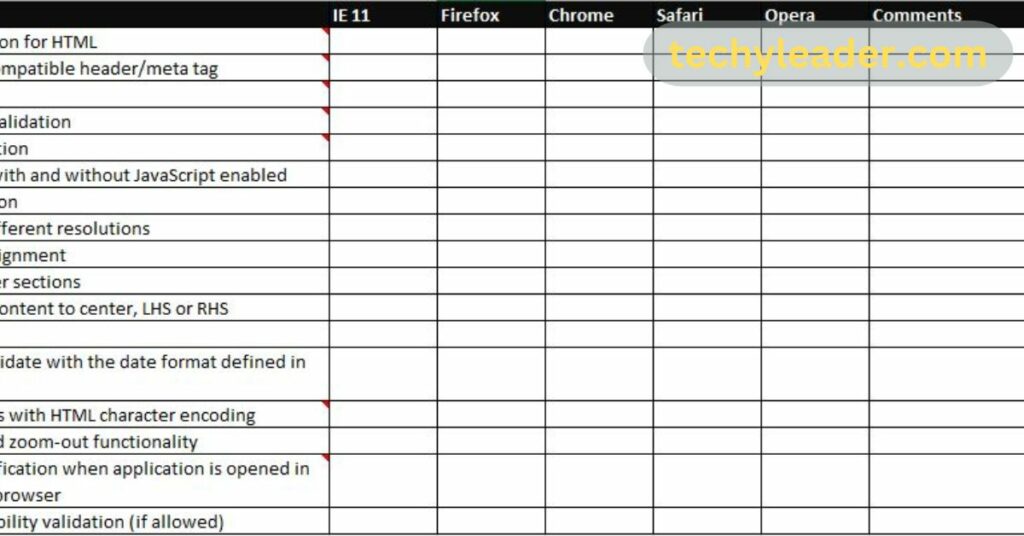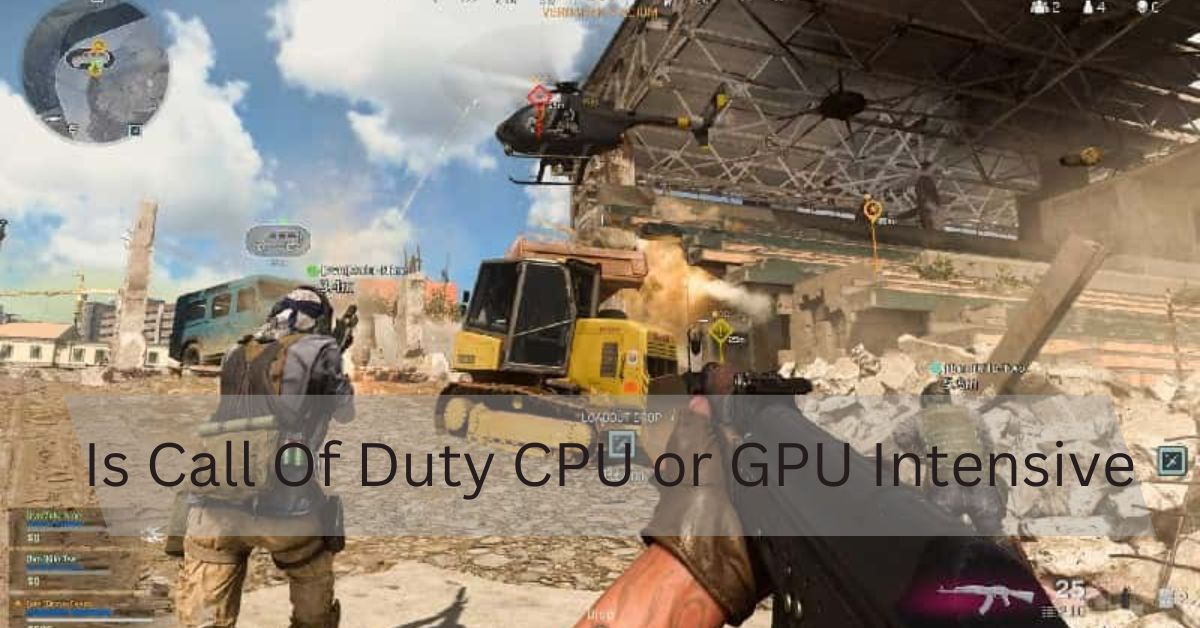In the sector of computer hardware, upgrading your video card can appreciably decorate your gaming enjoyment, enhance photo design abilities, or genuinely permit your gadget to deal with extra superior software.
Selecting the proper video card for your PC entails know-how compatibility to ensure most excellent performance and compatibility together with your current hardware.
This guide navigates through the elements influencing compatibility, from motherboard specifications and power delivery necessities to bodily dimensions and connectivity options.
Understanding Compatibility:
When it involves deciding on a video card on your PC, compatibility is critical. It consists in making sure that the video card you select is only sometimes best bodily well matched along with your device; however additionally works seamlessly together with your motherboard, electricity supply, and different components.
Compatibility issues can arise from variations in interface standards, energy necessities, and bodily dimensions. By knowing these factors, you can make a knowledgeable selection and keep away from ability problems that might have an effect on performance or save the video card from functioning altogether.
Checking Your PC Specifications:
Before selecting a video card, it’s important to recognize your PC’s specifications. Start by identifying your motherboard model, which dictates compatibility with the video card’s interface (e.g., PCIe). Next, check your power supply unit (PSU) potential to make sure it can deal with the new card’s energy demands.
Consider the bodily area inside your case for the cardboard’s dimensions and cooling necessities. Understanding those specifications guarantees a clean, and a hit improves the system without compatibility problems.
Types of Video Cards:
Video playing cards, also called snap shots playing cards or GPUs (Graphics Processing Units), come in diverse kinds to cater to different desires and budgets:
1. Integrated Graphics:
Those cards are powerful and appropriate for basic tasks like web surfing and workplace work. They proportion device reminiscence and absence devoted strength.
2. Discrete Graphics Cards:
These standalone playing cards provide the following:
- Committed GPU processing energy and their very own reminiscence.
- Enhancing overall performance for responsibilities like gaming.
- Video modifying.
- 3-D rendering.
3. Gaming Graphics Cards:
Designed for gaming lovers, those cards prioritize high body rates and visible nice. They frequently include advanced cooling structures and higher power necessities.
4. Workstation Graphics Cards:
Optimized for professional applications like CAD (Computer-Aided Design), 3-D modeling, and video production, these playing cards provide strong overall performance and reliability.
5. External Graphics Cards (GPU’s):
Connected externally through Thunderbolt or comparable interfaces, these playing cards offer a pix enhancement to laptops or PCs with confined internal improvement options.
Also Read: Is My Motherboard Compatible With CPU?-A Comprehensive Guide
Compatibility Checklists:

1. Motherboard Compatibility:
- Interface: Ensure your motherboard helps the video card’s interface (e.g., PCIe x16).
- BIOS Update: Check if a BIOS replacement is needed to help more modern video card fashions.
2. Power Supply Unit (PSU):
- Power Requirements: Verify that your PSU can deliver sufficient strength for the video card.
- Connectors: Ensure your PSU has the important PCIe power connectors required through the video card.
3. Physical Space:
- Card Dimensions: Measure the space interior of your PC case to make sure the video card fits without obstructing other components.
- Cooling: Consider the cardboard’s cooling solution and ensure ok airflow in the case.
4. Compatibility with Monitors:
- Connectivity: Check if the video card has the specified ports (e.g., HDMI, DisplayPort) to connect to your video display units.
- Resolution and Refresh Rate: Ensure the video card helps your desired display decision and refresh charge.
5. Operating System Support:
- Drivers: Confirm that drivers for the video card are to be had on your operating system (e.G., Windows, macOS, Linux).
Also Read: Low CPU Usage When Gaming?-A Complete Guide
Choosing the Right Video Card:

Selecting the ideal video card entails considering several key factors tailor-made for your unique wishes and machine requirements:
1. Performance Needs:
- Gaming: Look for cards with excessive middle counts and clock speeds for easy gameplay at desired resolutions and body charges.
- Content Creation: Opt for playing cards with ample VRAM and CUDA cores for quicker rendering and enhancing in applications like Adobe Premiere or Blender.
- General Use: Integrated pictures or mid-range playing cards may also suffice for regular obligations like web surfing and office programs.
2. Compatibility:
- Motherboard Interface: Ensure compatibility along with your motherboard’s PCIe slot type (e.g., PCIe 3.0 x16).
- Power Supply: Check in case your PSU can deliver sufficient power and has the important connectors for the card.
- Physical Space: Measure the to-be-had area internal of your PC case to deal with the cardboard’s dimensions and cooling answer.
3. Budget Considerations:
- Set a price range that balances performance expectancies with affordability.
- Compare fees across one-of-a-kind brands and fashions to find the best cost in your cash.
4. Connectivity and Features:
- Consider the number and styles of ports (HDMI, DisplayPort, and so forth.) needed for your monitors and peripherals.
- Evaluate additional capabilities like a ray tracing guide, overclocking abilities, and cooling solutions primarily based on your utilization requirements.
Installation and Upgrading:
1. Preparation:
- Power Off and Unplug: Shut down your PC and disconnect the power wire.
- Anti-Static Precautions: Ground yourself to save you from static discharge that would harm components.
- Read Manuals: Review your PC and video card manuals for specific commands and compatibility information.
2. Remove Old Video Card (If Applicable):
- Uninstall Drivers: Use software like Display Driver Uninstaller (DDU) to remove present pix drivers.
- Physically Remove: Unscrew and thoroughly disconnect the old video card from the PCIe slot.
3. Prepare Case and Motherboard:
- Clear Space: Ensure there’s sufficient room for your case for the brand-new video card.
4. Install New Video Card:
- Insert the Card: Align the video card with the PCIe slot and firmly press it into the location till it clicks.
- Secure: Use screws to fasten the card to the case, if important.
5. Connect Power:
- Power Connectors: Attach PCIe energy connectors out of your PSU to the cardboard, if required.
- Check Connections: Ensure all connections are stable and properly seated.
6. Install Drivers and Software:
- Download Latest Drivers: Visit the manufacturer’s website to download today’s drivers in your new video card.
- Install Drivers: Follow the set up activities to put in the drivers and any accompanying software program.
Troubleshooting Compatibility Issues:
Encountering compatibility troubles with a new video card may be irritating; however, following these steps can help diagnose and solve not unusual problems:
1. Check Physical Installation:
- Ensure the video card is securely seated in the PCIe slot.
- Verify that every one of the electricity connectors from the PSU is nicely related to the card.
2. Review System Requirements:
- Double-take a look at compatibility with your motherboard’s PCIe version (e.g., PCIe 3 0x16).
- Confirm that your PSU meets the electricity requirements precisely by way of the video card producer.
3. Update Drivers and BIOS:
- Install the contemporary drivers from the video card manufacturer’s internet site.
- Check for BIOS updates in your motherboard which could improve compatibility with newer video card fashions.
4. Check Display Connections:
- Ensure the screen cable is securely linked to the video card’s output port (e.g., HDMI, DisplayPort).
- Test with one-of-a-kind cables or monitors to rule out potential show-related issues.
Also Read: Are All CPU Coolers Compatible?-A Comprehensive Guide
FAQs:
1. How do I inform if a graphics card is well suited to my PC?
Specifically, ensure that the enlargement slot at the motherboard suits the interface of the image card.
2. Do all photo cards suit any computer?
No, sure, photo cards cannot be in the shape of EVERY laptop. Graphics playing cards do have some normal functions.
3. Does my PC understand my GPU?
After the machine scans for hardware modifications, it apprehends the portrait card tool that is linked.
4. Is a 4GB graphics card enough for gaming?
A 4GB photograph card may go nicely for 1080p (Full HD) gaming and content creation but may conflict with higher resolutions consisting of 1440p or 4K.
Conclusion:
You are choosing a video card that is like-minded together with your PC and includes expertise, your system’s competencies, your usage desires, and cautious studies into to-be-all options. By following the stairs mentioned in this manual, you could optimistically choose and deploy a video card that complements your computing experience with out compatibility problems.
Remember, in case you need clarification on any step of the system, consulting with a professional or in search of advice from on line groups can offer valuable guidance. Enjoy your upgraded snap shots performance and the improved skills of your PC!




Great